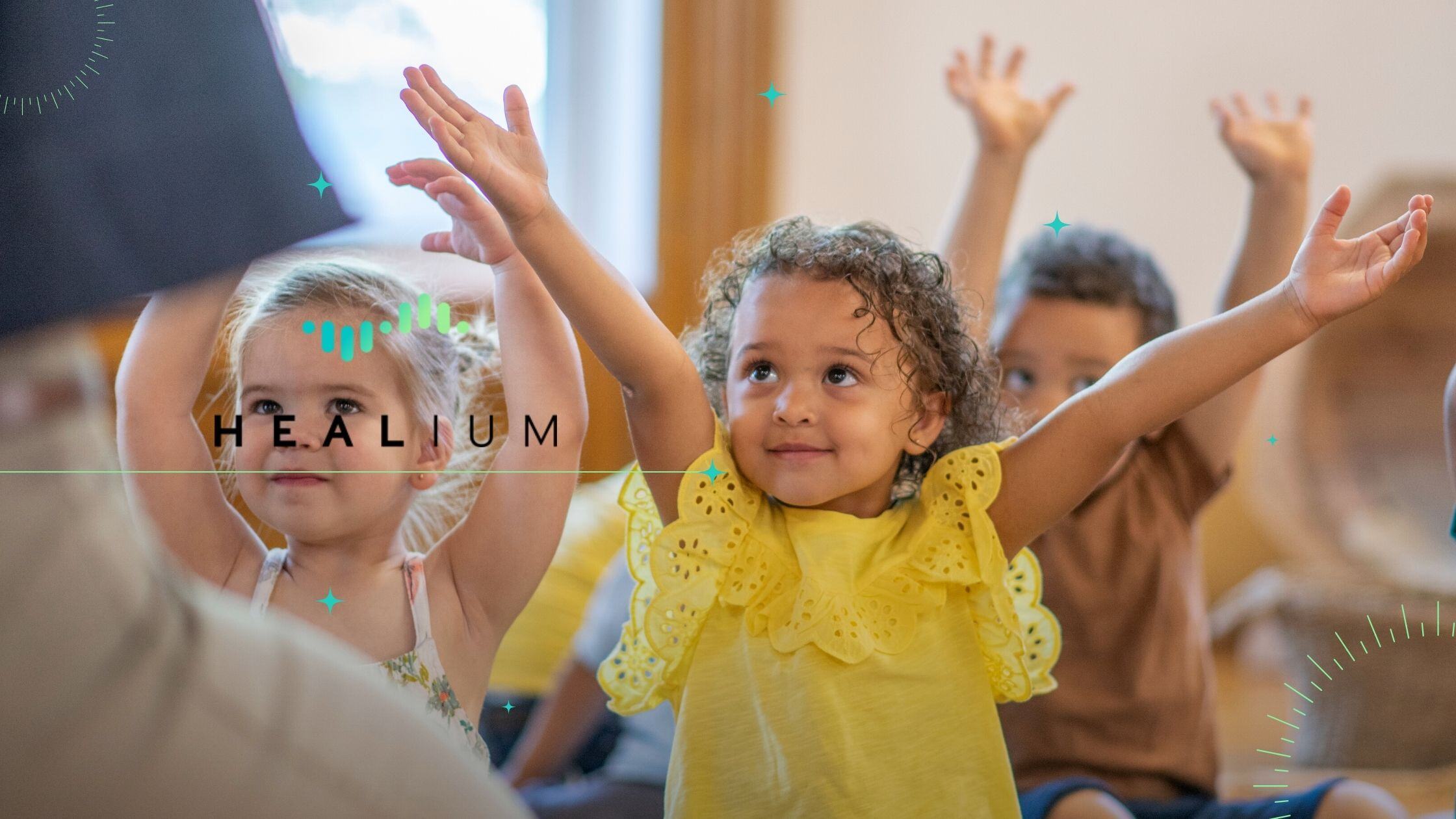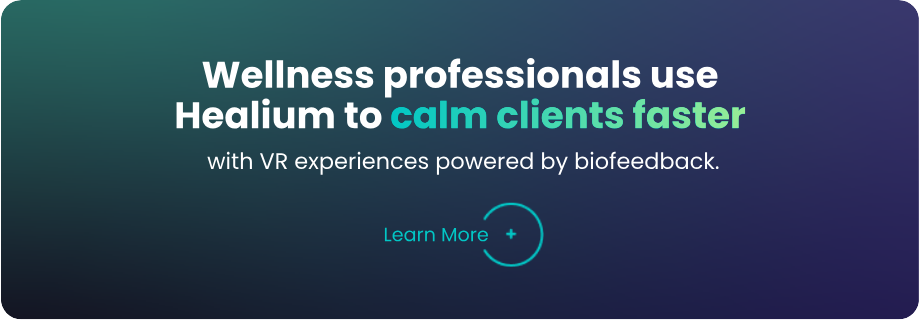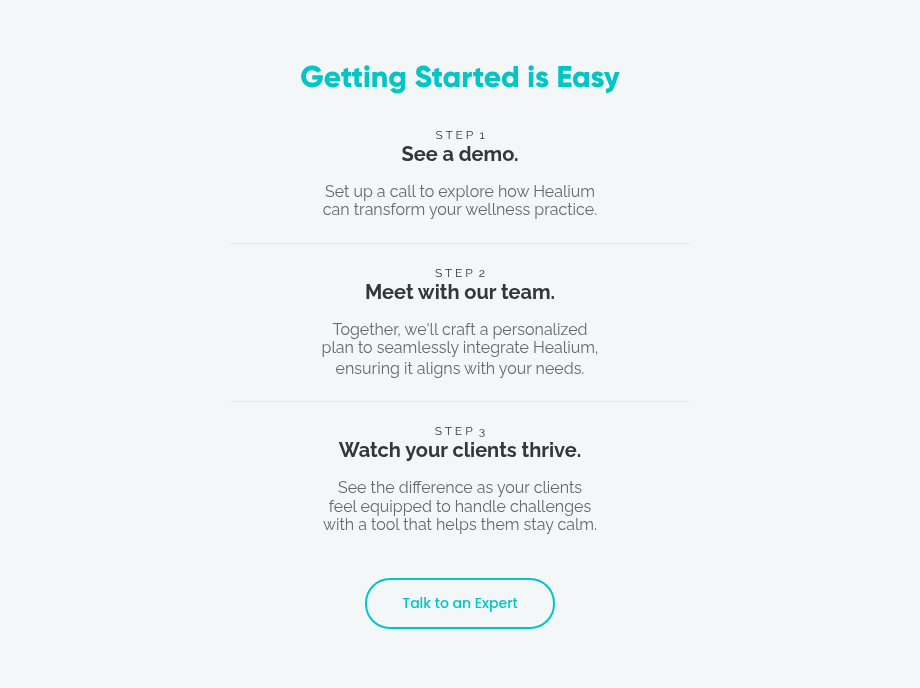Integrate these techniques into the classroom to promote relaxation, focus, and emotional well-being.
Middle School Student Mindfulness Activities (Grades 6-8):
Navigating the transitional phase of pre-teen and early adolescent years can be complex. These middle school mindfulness activities provide the tools to manage stress, build resilience, and enhance self-awareness.
• Body Scan Meditation: Lead students through a body scan meditation, asking them to bring their awareness to each part of their body, from toes to head. This practice promotes relaxation and body-mind connection, helping students release tension.
• Mindful Journaling: Suggest students keep a mindfulness journal. Encourage them to write about their experiences with mindfulness, their emotions, and their observations of the world around them. This encourages self-reflection and emotional expression.
• Stress Ball Squeeze: Address stressors like exams and peer pressure with a stress ball squeeze activity. Students can create stress balls using balloons and flour or rice. As they squeeze, guide them to feel the tension release in their hands.
• Self-Compassion Practice: Address self-esteem issues by introducing self-compassion exercises. Guide students to treat themselves with the same kindness they would a friend. This practice helps build a positive self-image and cultivates emotional resilience.
• Mindful Breaks: Integrate brief mindful breaks into the school day. Set a timer for a few minutes, during which students close their eyes and focus on their breath. This helps them recharge and regain focus.
High School Student Mindfulness Activities (Grades 9-12):
These activities are tailored to resonate with the unique challenges and aspirations of older students. As high school students navigate the increasing levels of stress at school, more advanced mindfulness techniques are needed for adequate self-care and stress management.
• 4-7-8 Breathing Technique: Introduce the 4-7-8 breathing technique to manage stress and anxiety. Instruct students to inhale quietly for 4 counts, hold for 7 counts, and exhale audibly for 8 counts. This calms the nervous system and cultivates a sense of serenity.
• Mindful Social Media Use: Address the role of technology by discussing mindful social media consumption. Encourage students to practice awareness while using social platforms, noticing their emotional reactions and setting boundaries to ensure a healthy online experience.
• Future Focus Visualization: Assist students in visualizing their future selves. Lead them through a guided visualization where they envision their goals, aspirations, and the steps they need to take. These sessions should provide clarity and motivation.
College Student Mindfulness Activities:
These activities are tailored to resonate with the dynamic college environment and empower students to embrace mindfulness as a tool for success and well-being.
• Stress-Relief Yoga: Collaborate with yoga instructors to offer stress-relief yoga sessions on campus. These classes can include gentle yoga poses, deep breathing, and guided relaxation, providing students with a holistic approach to stress management.
• Transition Mindfulness: Address the challenges of transitioning to college life. Guide students through mindful reflection on their expectations, fears, and aspirations for this new phase.
• Mindful Time Management: Teach students mindful time-management techniques. Encourage them to prioritize tasks, set realistic goals, and practice focused attention during study sessions.
7 Quick Tips for Successful Implementation:
Here are practical tips to seamlessly integrate mindfulness practices into your curriculum while creating an environment that fosters student engagement and well-being:
• Start Small and Gradual: Help students acclimate to the practice without feeling overwhelmed by beginning with short mindfulness activities before gradually expanding.
• Set Clear Intentions: Communicate the purpose of mindfulness to your students, how it can benefit their focus, emotional well-being, and learning.
• Create a Dedicated Space: Designate a corner or area for mindfulness activities and provide a calm, comfortable space.
• Consistency is Key: Incorporate mindfulness into their routines to develop a habit, whether it’s a daily five-minute practice or a weekly session.
• Adapt to Ages: Choose mindfulness activities that resonate with your students’ developmental stage to engage them effectively.
• Model Mindfulness: Lead by example. Demonstrate mindfulness practices yourself, showcasing their benefits and encouraging student participation.
• Encourage Openness: Encourage your students to ask questions and express their thoughts to create an atmosphere of non-judgment and comfort.
Additional Resources:
To further support your mindfulness journey, here are some valuable resources:
Guided Audio Sessions:
Mindfulness Meditation for Children
Healium: A Mindfulness App for the Classroom
Healium offers educators a dynamic tool to integrate mindfulness activities seamlessly into the daily curriculum. By fostering emotional well-being, focus, and resilience among students, Healium paves the way for a more enriching learning journey for students ages 12 and older.
Elevate your classroom environment with Healium and empower your students with essential life skills for a brighter future.
Watch the video below to learn more about how Healium is helping schools









